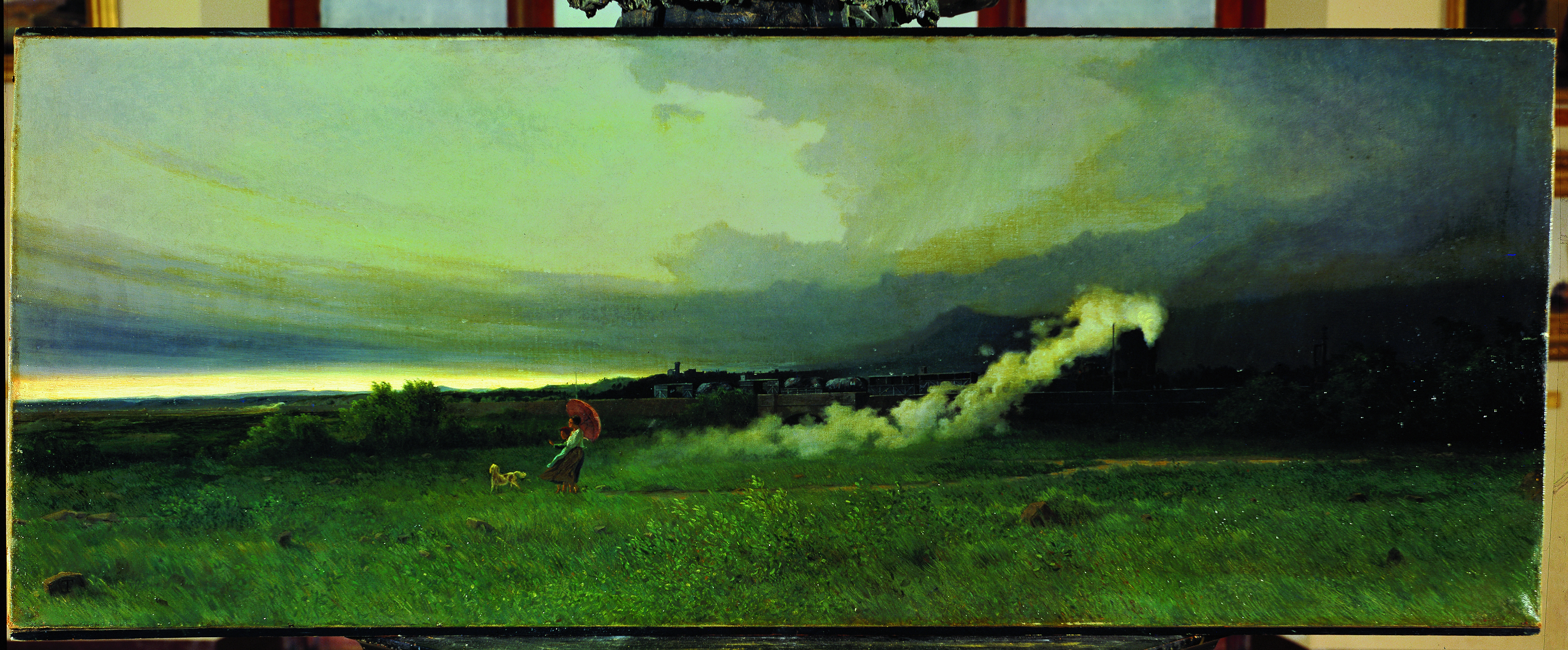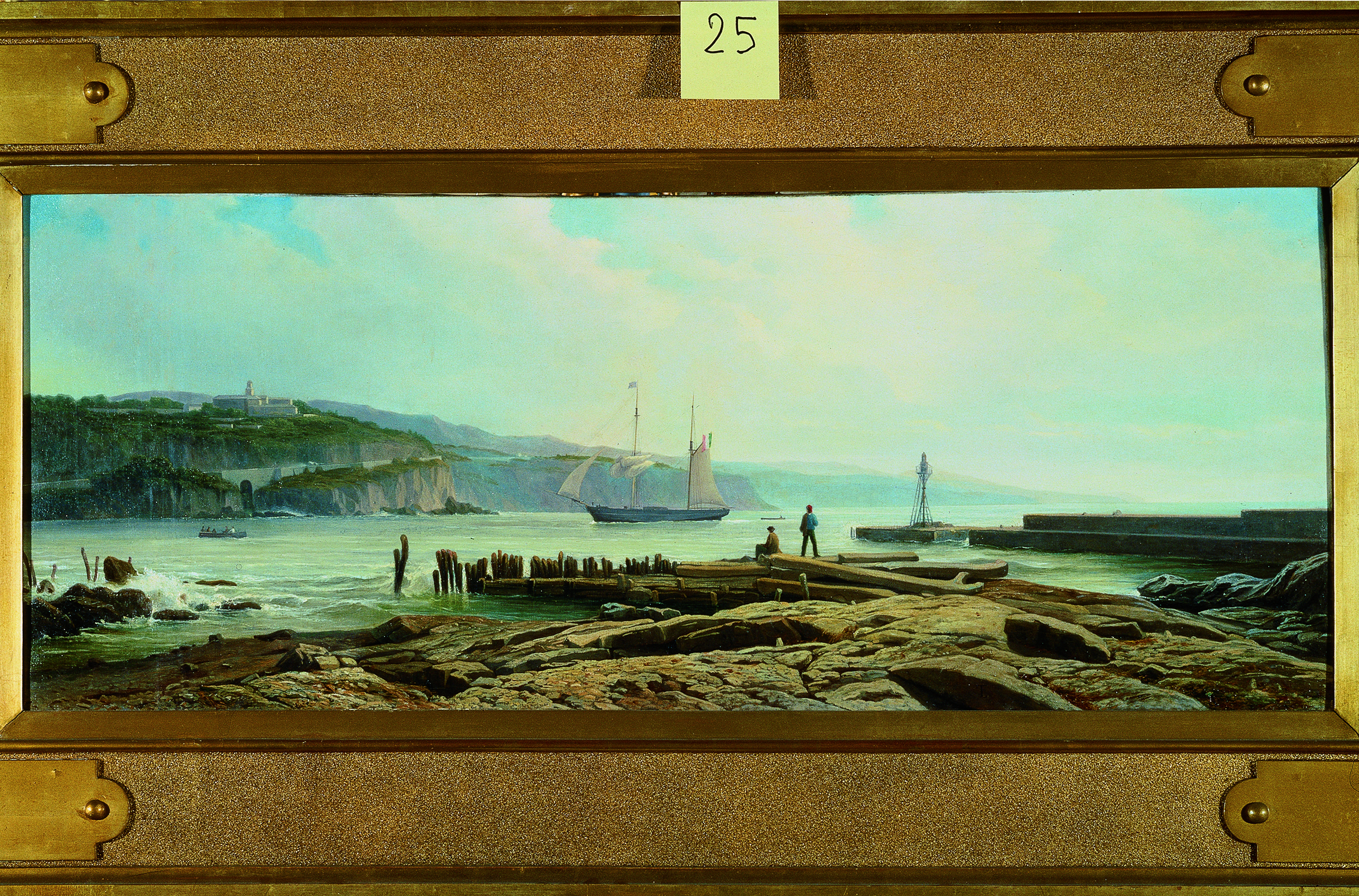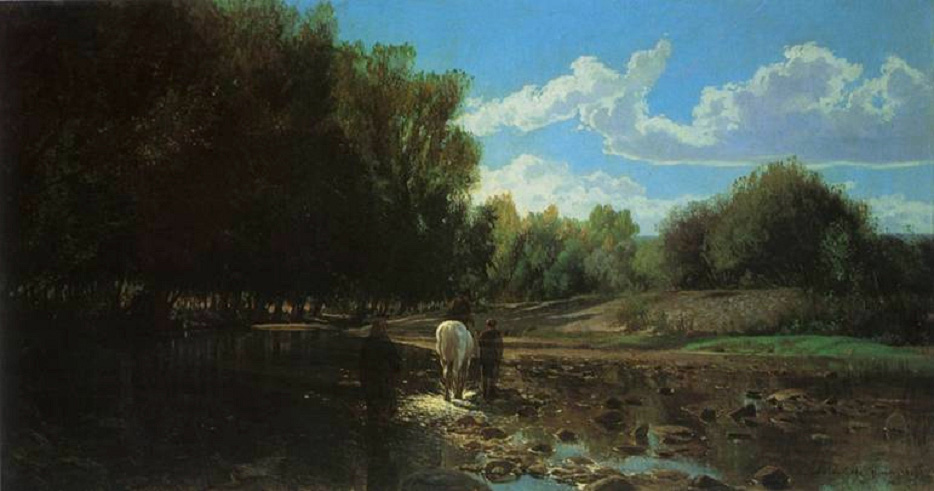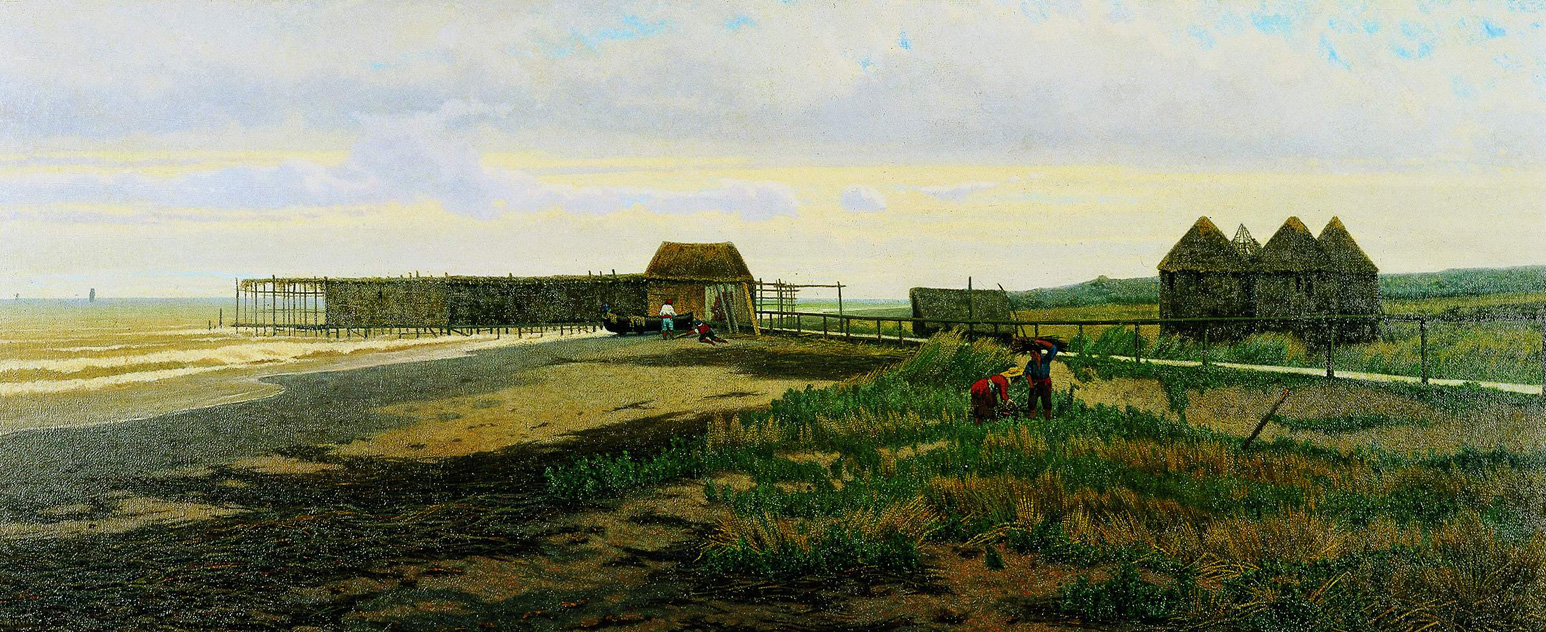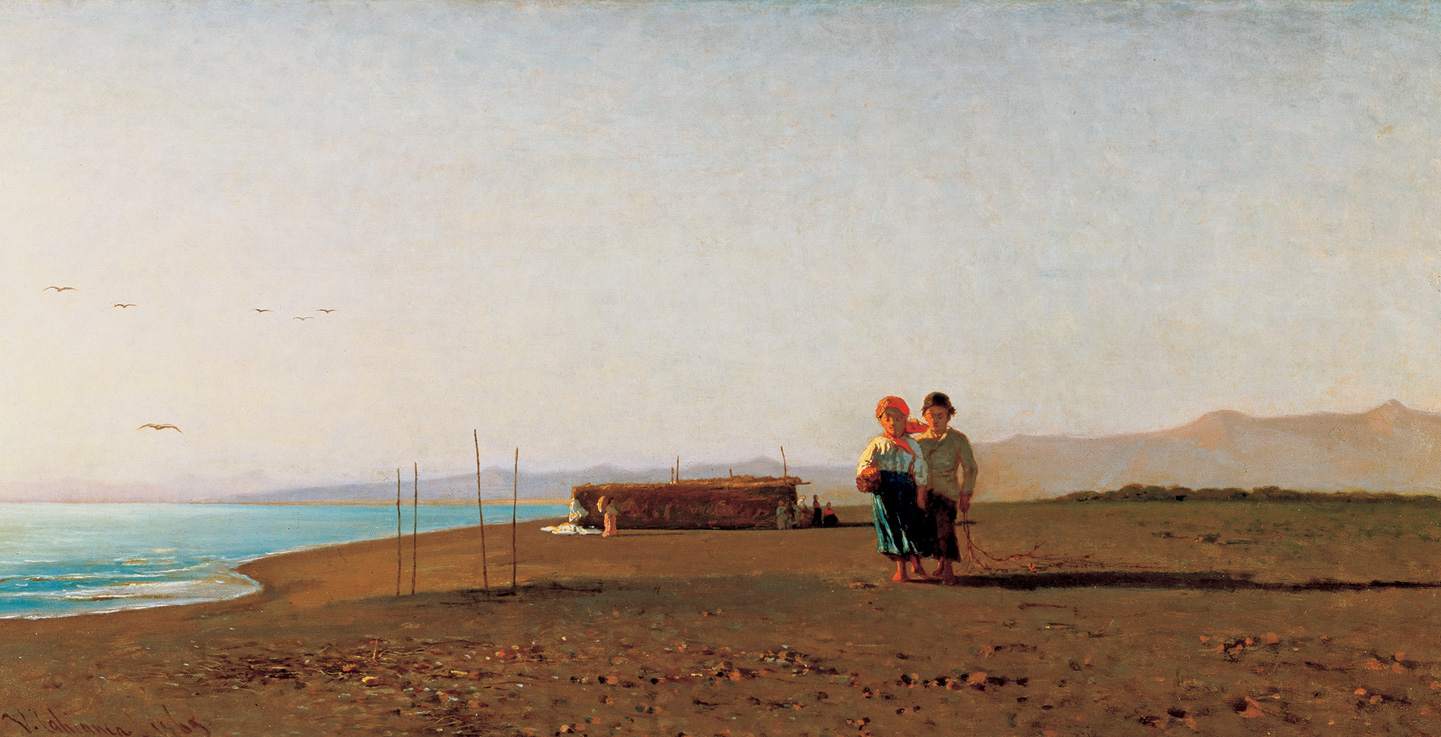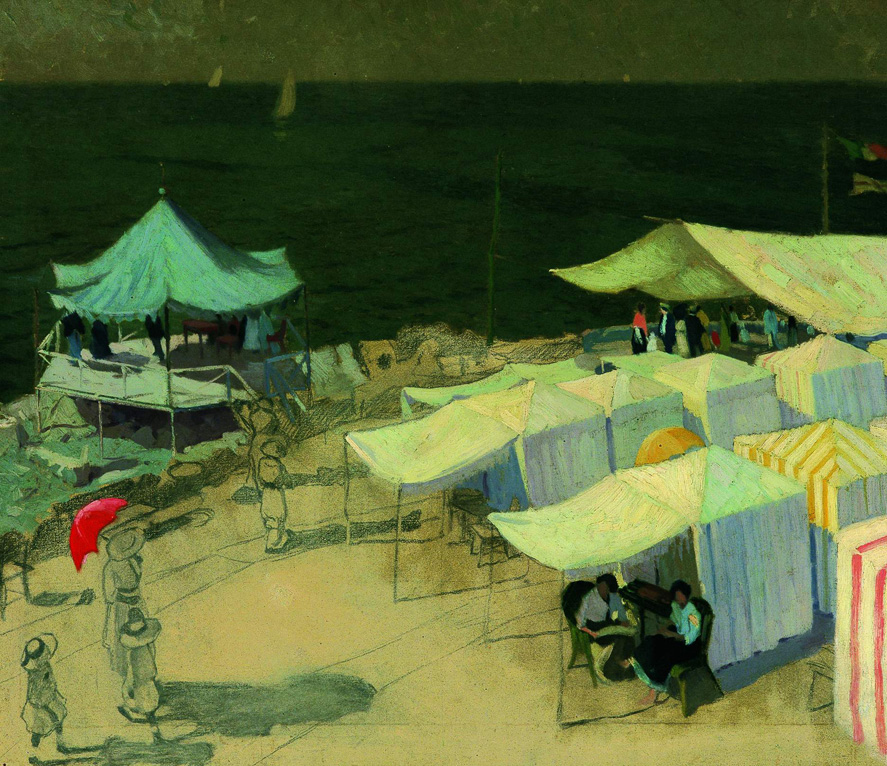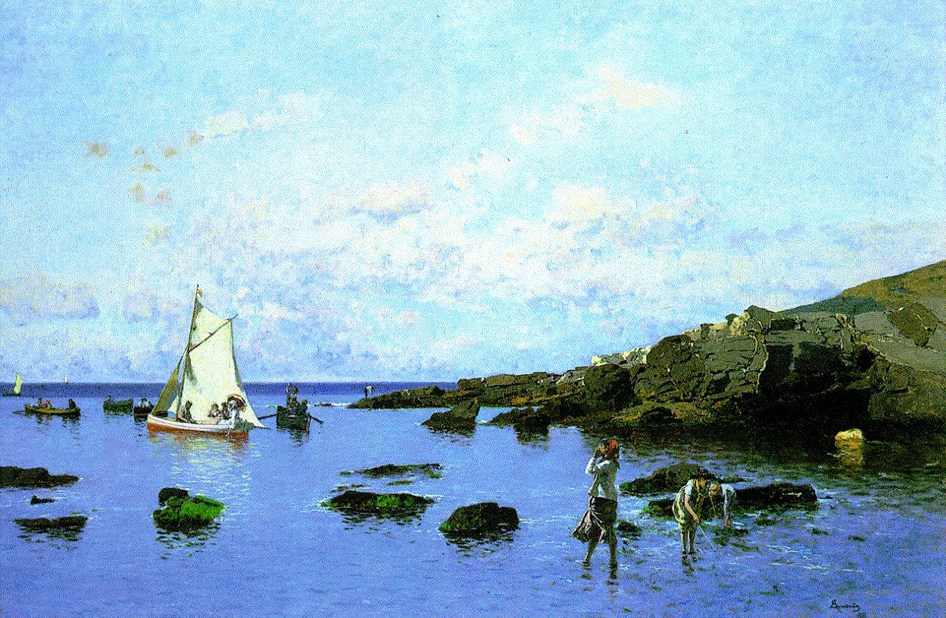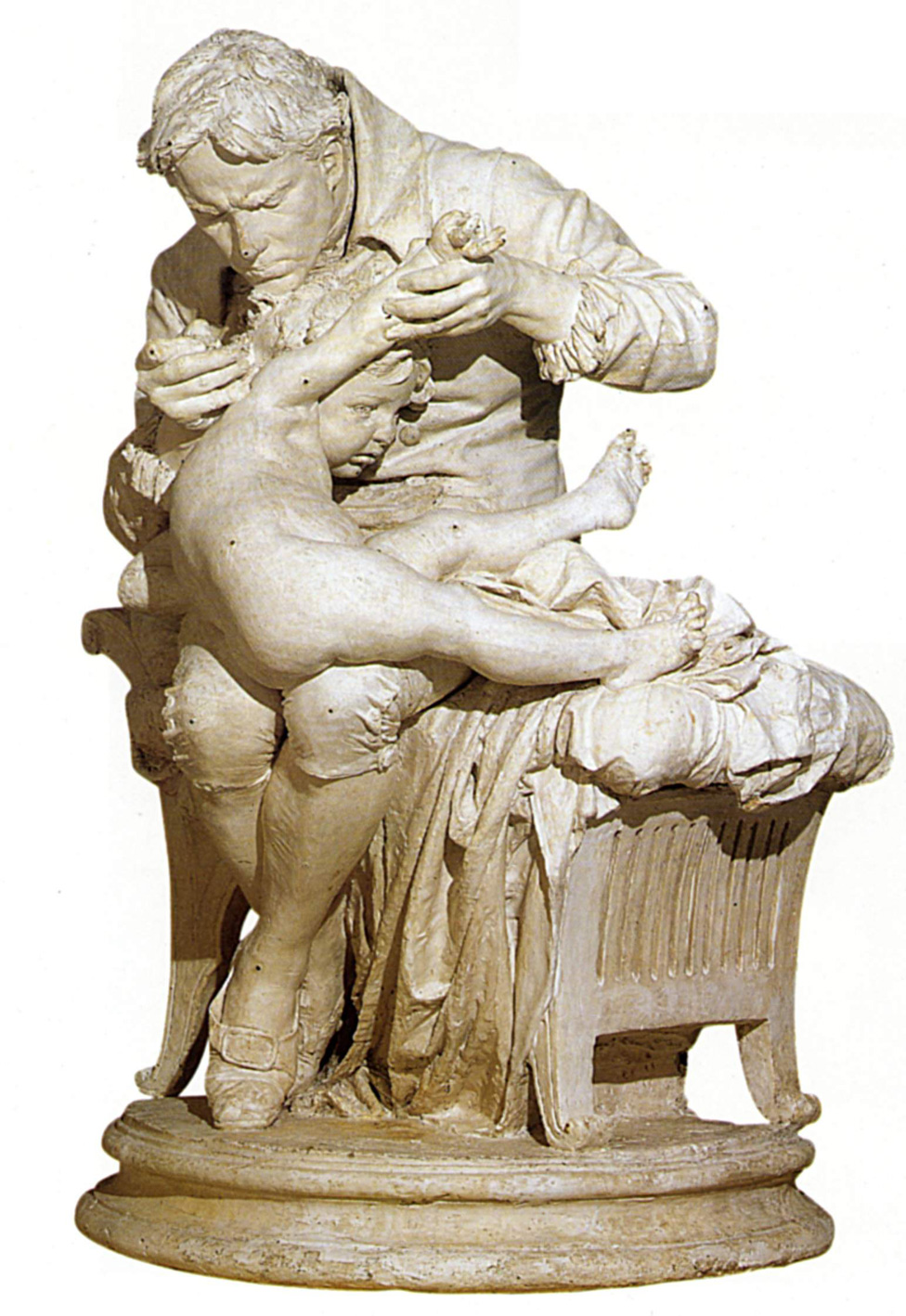
Click here to view image
Jenner
Donato al Municipio di Genova dagli eredi Montever - donazione
Monteverde, Giulio
sculpture
1878 - 1878 - XIX
GAM0195
Unità di misura: cm; Altezza: 135; Larghezza: 103; Profondità: 92
scultura in gesso
The plaster statue “Jenner” is inspired by the figure of Edward Jenner, the doctor who first experimented with the vaccine technique to combat smallpox in 1796. It was presented in 1873 at the Universal Exhibition in Vienna, where it won the gold medal. The statue depicts a doctor sitting down to vaccinate a child.

